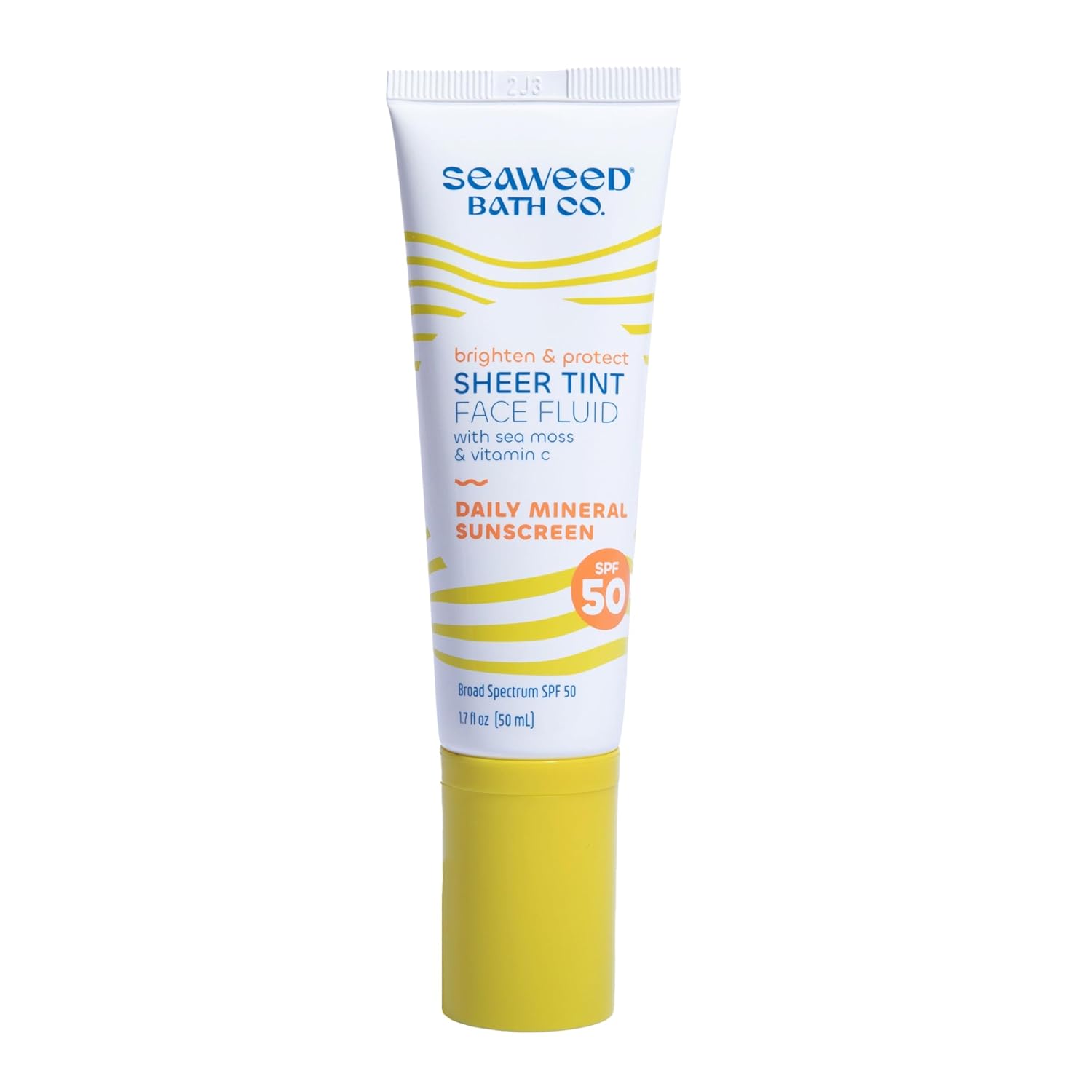





Price: $27.99
(as of Apr 13, 2025 00:57:39 UTC - Details)
The Best Face Sun Protection: Your Ultimate Guide to Keeping Your Skin Safe
Introduction
When it comes to skincare, one of the most important yet often overlooked aspects is sun protection. The importance of using the best face sun protection cannot be overstated. Not only does it help prevent sunburn, but it also plays a crucial role in protecting against long-term skin damage, including premature aging and skin cancer. In this article, we will explore various facets of sun protection for your face, helping you make informed decisions and choose the right products for your needs. Whether you’re looking for a lightweight sunscreen for daily wear or a more robust option for a day at the beach, we’ve got you covered!
Understanding SPF: What You Need to Know
The Importance of SPF in Face Sun Protection
SPF, or Sun Protection Factor, is a critical component of any sun protection product. It indicates the level of protection a sunscreen offers against UVB rays, which are primarily responsible for sunburn. A higher SPF means more protection, but it’s essential to understand that no sunscreen can block 100% of UV rays. For everyday use, a sunscreen with SPF 30 is generally recommended. However, if you have fair skin, plan to spend extended time outdoors, or will be swimming, you might want to opt for SPF 50 or higher.
How to Choose the Right SPF for Your Skin Type
Choosing the right SPF involves understanding your skin type and lifestyle. For those with sensitive or acne-prone skin, look for non-comedogenic sunscreens that won’t clog pores. If you have oily skin, a gel-based sunscreen may be ideal, while dry skin types can benefit from cream-based options. Always remember to reapply every two hours, especially after swimming or sweating, to maintain optimal protection.
Types of Sunscreens: Which One is Right for You?
Mineral vs. Chemical Sunscreens
When selecting the best face sun protection, you’ll encounter two primary types of sunscreens: mineral and chemical. Mineral sunscreens contain active mineral ingredients like zinc oxide or titanium dioxide, which sit on top of the skin and physically block UV rays. They are often recommended for sensitive skin due to their gentle formulation.
On the other hand, chemical sunscreens absorb UV radiation and convert it to heat, which is then released from the skin. They often have a lighter feel and are less visible on the skin, making them popular for everyday wear. Understanding the differences can help you choose a product that aligns with your skin’s needs and lifestyle.
Water-Resistant Sunscreens: Are They Worth It?
If you’re planning a day at the beach or engaging in activities that involve sweating, water-resistant sunscreens are a must. These products are designed to maintain their SPF protection for a certain amount of time while you’re in the water or sweating. Look for sunscreens labeled as “water-resistant” for up to 80 minutes for maximum protection during active days.
Application Tips: How to Properly Apply Sunscreen
The Right Amount of Sunscreen to Use
Applying the right amount of sunscreen is crucial for effective protection. Most experts recommend using about a nickel-sized amount for your face and neck. Don’t forget areas that are often overlooked, such as your ears, the back of your neck, and the tops of your feet if they’re exposed. A common mistake is not applying enough product, which can significantly reduce its effectiveness.
Timing Your Application
For optimal results, apply sunscreen about 15 minutes before heading outdoors. This allows the product to bond with your skin and provides a protective barrier against UV rays. If you’re using makeup, consider applying a separate sunscreen first, or look for makeup products that contain SPF for added protection.
Best Practices for Sun Protection Beyond Sunscreen
Protective Clothing and Accessories
While sunscreen is vital, it shouldn’t be your only line of defense against the sun. Wearing protective clothing, such as long sleeves, wide-brimmed hats, and UV-blocking sunglasses, can greatly enhance your sun protection strategy. Look for clothing with an ultraviolet protection factor (UPF) for added reassurance.
Seeking Shade and Timing Your Sun Exposure
Another effective way to protect your skin is by seeking shade, especially during peak sun hours between 10 AM and 4 PM. If you can, plan outdoor activities in the early morning or late afternoon when the sun’s rays are less intense. This simple change can significantly reduce your sun exposure and lower your risk of sunburn.
Addressing Common Myths About Sunscreen
"I Don't Need Sunscreen on Cloudy Days"
Many people believe that they don’t need sunscreen on cloudy days, but this is a common myth. Up to 80% of UV rays can penetrate clouds, meaning your skin is still at risk. Always apply sunscreen, regardless of the weather, to ensure consistent protection.
"Sunscreen is Only Necessary in Summer"
Another misconception is that sunscreen is only necessary during the summer months. In reality, UV rays can damage your skin year-round, even in winter. Snow can reflect UV rays, increasing your exposure, so make sunscreen a part of your daily routine, no matter the season.
Conclusion
In summary, the best face sun protection is essential for maintaining healthy skin and preventing long-term damage. Understanding SPF, choosing the right type of sunscreen, applying it correctly, and incorporating additional sun protection strategies can make a significant difference in your skincare routine. Remember, consistent use of sunscreen, along with protective clothing and mindful sun exposure, can keep your skin looking youthful and healthy for years to come. Prioritize your skin's health by making sun protection a daily habit, and you’ll thank yourself in the future!
